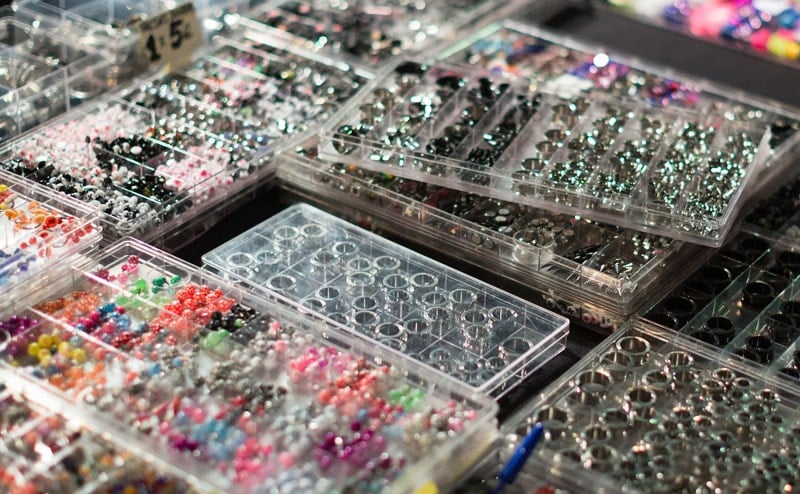
Here at FreshTrends, we love great body jewelry, but more than anything else, we love it when people wear it without running into problems. Healthy piercings are hot piercings, and inflammation and infection are never pretty.
In the past, it wasn’t uncommon to see piercings adorned with safety pins, paper clips, and other non-jewelry materials. When people start sticking anything in their piercings, it’s easy to assume that it doesn’t matter what materials you put in your body. (Spoiler alert: it does).
Whether it’s food or jewelry, you always need to be careful about what you put into your body. Using proper materials is especially important for healing piercings, but it’s always a good idea to be aware of the materials that you expose your body to.
The APP (Association of Piercing Professionals) lists 7 materials appropriate for new piercings:
Once your piercing has healed, you’ll be able to expand your materials to include organic body jewelry (including wood, amber, opal, and other materials naturally provided by Mother Nature), acrylic and silicone options, and sterling silver.
Here’s a rundown body jewelry materials, from meh to amazing!
If you’re looking for colorful choices, acrylic provides an inexpensive option, especially for those who are in the process of stretching their ears. Since you have to increase the gauge of your jewelry every few months as you stretch, cheaper acrylic is a great choice until you reach your preferred gauge and can choose more permanent jewelry options.
Acrylic jewelry is available in all sorts of jewelry styles, but keep in mind that it’s not created for long term use.
Pros
Cons
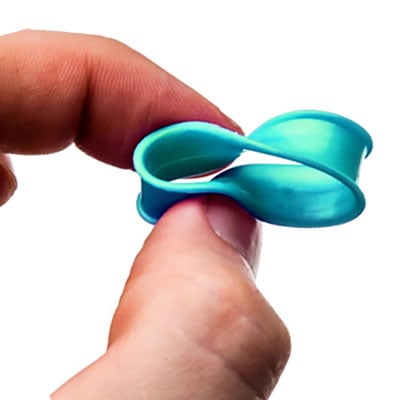
Unlike acrylic, silicone is biocompatible, making it a little higher quality in terms of plastic options. However, plastics, in general, aren’t great for body piercings. If you have metal allergies, try out hypoallergenic metal types or another material, instead.
Pros
Cons
Bioplast is a synthetic, flexible material that is available in a variety of designs and colors, and is completely hypoallergenic and biocompatible. The term bioplast combines the words “biological” and “plastic,” and pretty much describes its purpose as a synthetic material that works well with the body.
This material can be sterilized in an autoclave and is perfect for fresh piercings that need some time to heal. It’s designed as a plastic that’s nicer to the body than other plastic materials, like acrylic.
Pros
Cons
Silver is a popular metal in all types of jewelry, but even though it’s considered higher quality, it doesn’t make great body jewelry pieces.
Silver is one of the more impure metals out there, with most jewelry consisting of a blend of various alloys, which more often than not, contain copious amounts of the notorious metal allergen nickel.
For small gauge nose rings, silver is usually okay, but anything other than that, you carry a pretty significant risk of having an unpleasant reaction.
Pros
Cons
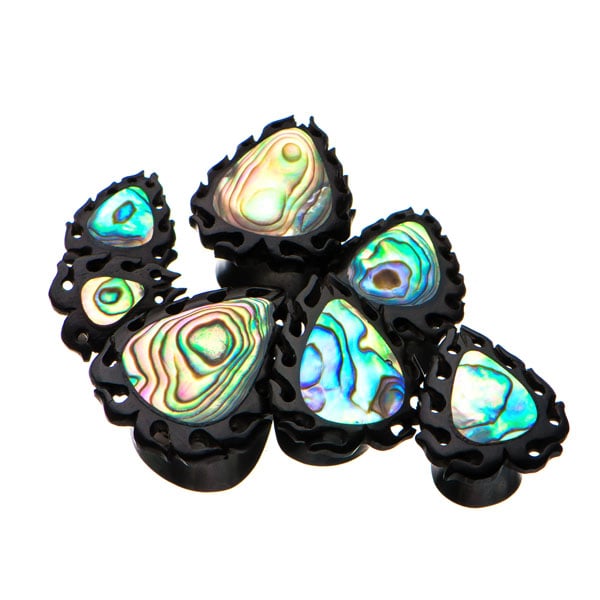
Organic materials like bone, horn, wood, and stone make aesthetically unique pieces. These options are great for those who love a more earthy vibe.
Organic materials are also more eco-friendly than plastic and metal options, so they’re perfect for those who want an Earth-friendly style.
However, many of these materials are porous—which can collect bacteria—and some are treated with chemicals that can be harmful to a healing piercing, so you should wait until your piercing is fully healed before choosing organic jewelry.
Pros
Cons
Glass is actually an APP-approved material for healing piercings. It’s easy to sterilize, its smooth surface makes it great for healing, and it has a nice soothing, cool feel to the touch.
However, glass is delicate, and it could chip, which might cause damage to a healing piercing. Glass can also break in your piercing, so although it’s comfortable for healing, it might not be great if your piercing is in an area that sees a lot of action.
Pros
Cons
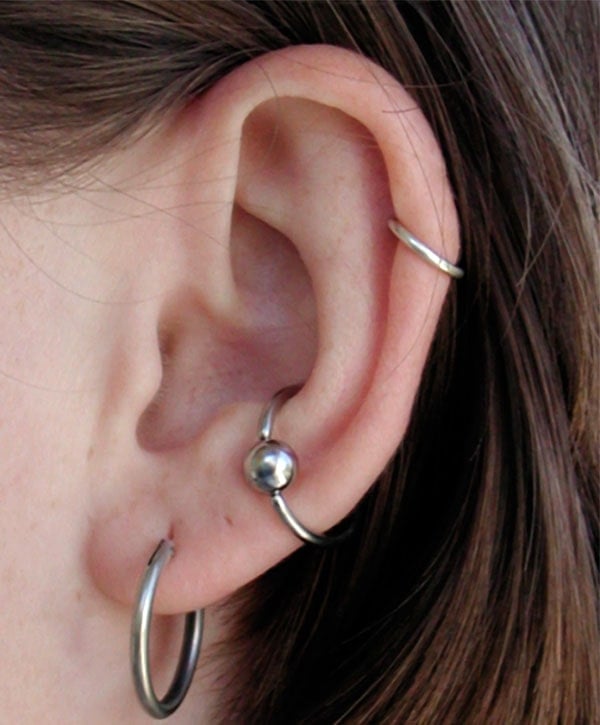
Surgical steel is highly popular in new piercings for its medical standards, it’s affordable, and it adheres to APP standards. However, not all surgical steel is equal, and you need to make sure that you use a grade that’s safe for fresh piercings; some surgical steel contains alloys, like nickel, that can irritate the skin.
Pros
Cons
Niobium is incredibly similar to titanium, but it is slightly heavier and more expensive. Like titanium, it can be anodized to produce different colors, and it doesn’t react to body fluids, so it’s biocompatible. Additionally, it’s naturally more pure, so it’s hypoallergenic.
Since it acts similarly to titanium, it is growing in popularity as a body jewelry material, however, since it’s more expensive than titanium, most piercers will recommend titanium over niobium.
Pros
Cons
Titanium is probably the most common metal type used in new piercings. Titanium is one of the highest quality metals you can put in your body with very few allergens and a metal purity that makes it perfect for everyone.
One thing that’s interesting about titanium is that it can be colored in a safe and biocompatible way. Even though the color will fade, it will not affect the wearer adversely.
Pros
Cons
As the most expensive material on this list, platinum isn’t often seen in body jewelry, but it does make fantastic pieces for long term wear.
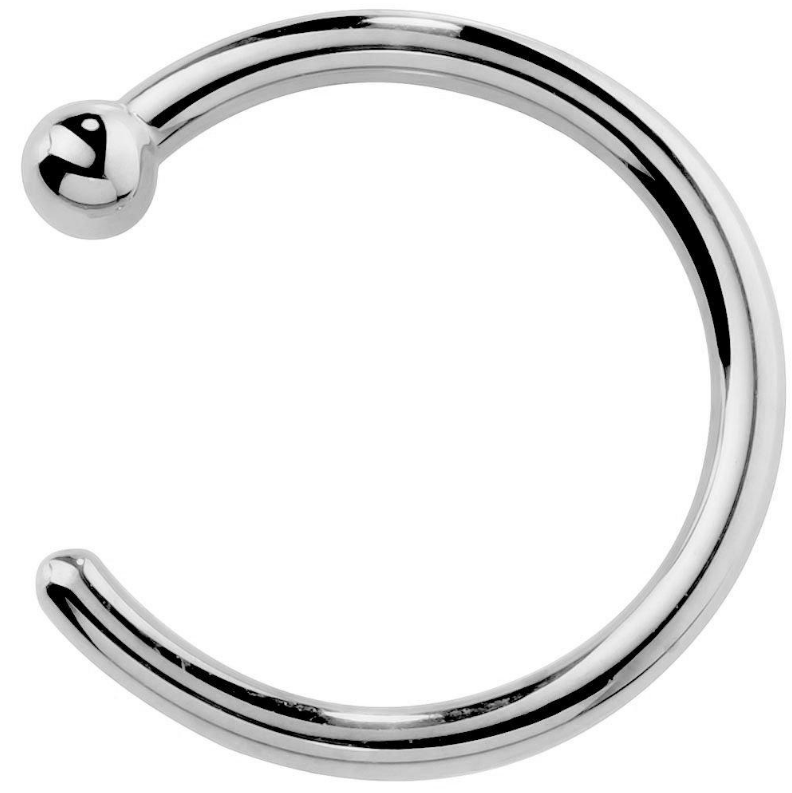
Platinum is incredibly durable, which has lead to its recent popularity in wedding rings. It requires less attention than gold, and it’s a fantastic metal for jewelry that you plan on wearing every day. Platinum is also more pure than gold; the lowest quality platinum must be at least 50% platinum, and the majority of platinum jewelry pieces contain at least 85% platinum (whereas gold jewelry—typically 14k or 18k—contains only 58.5% gold and 75% gold, respectively).
Pros
Cons
We love gold here at FreshTrends, and for your body jewelry, it’s more than a gorgeous material; it’s probably the best material that you can choose for your piercing.
When it comes to metals, you generally get what you pay for—the higher the grade of any metal, the purer it’s going to be, and the fewer alloys and potential allergens you’re going to have to worry about. 14k gold is a strong, durable metal that tends to work well with our bodies’ chemistry, so long as what you get is nickel-free (like all of our gold pieces).
For healing piercings, you should always opt for at least 14k gold, since it will have fewer alloys than lower quality gold. Additionally, you should choose yellow or white gold initially, and you can switch to rose gold once your piercing has fully healed. If you choose white gold, make sure that it contains no nickel; some jewelers choose to mix their gold with nickel to achieve the silver tone.
Pros
Cons
When it comes to choosing the perfect body jewelry piece, you need to make sure that you treat your body to fine materials instead of simply choosing the cutest look.
At FreshTrends, we don’t think that you have to decide between treating your body well and amassing an enviable jewelry collection. This is why we only offer 14k gold and platinum body jewelry pieces—the best body jewelry materials you can get. We also have the most unique, custom-made items that you can find, and you can even reach out to us to talk about designing your very own body jewelry piece.
Every piercing deserves the best materials. Shop our 14k gold and platinum collection, and find the finest body jewelry that your piercing and wallet will love.
Leave A Comment